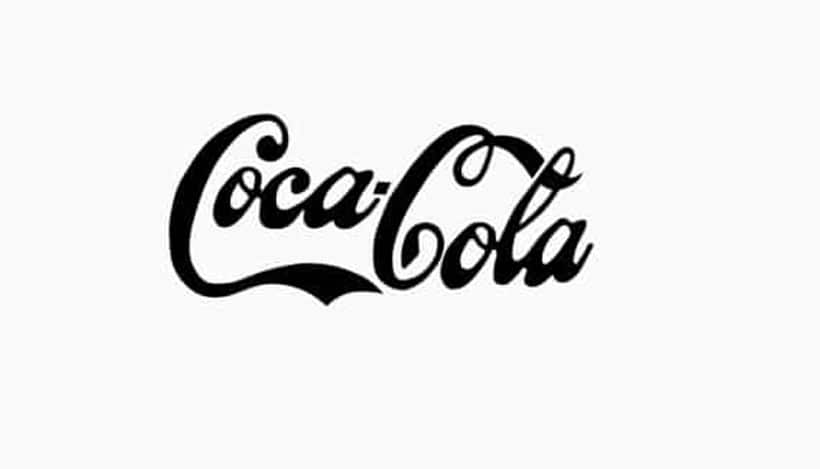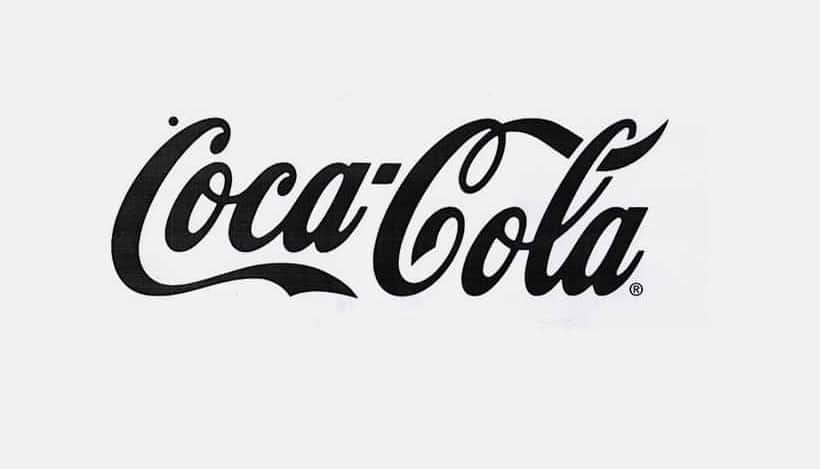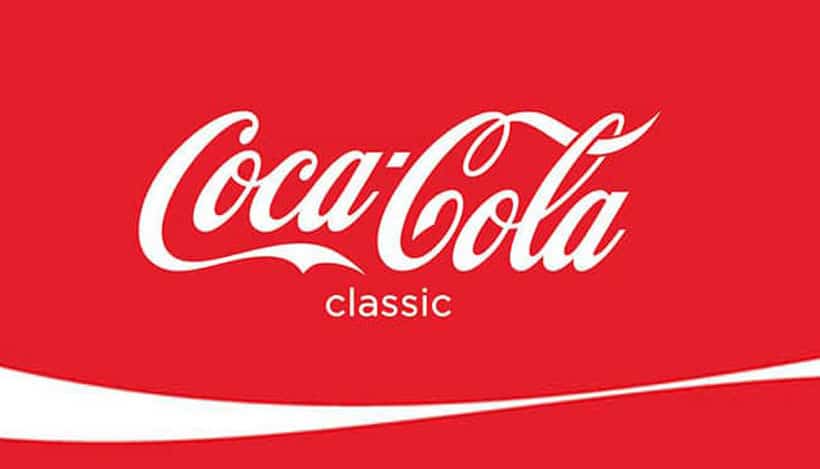This is one of those “sounds fluffy but will cost you money if you ignore it” topics. Because once you understand the difference between brand and identity, you’ll spot why some B2B companies earn trust and loyalty, while others are stuck cold-calling until the end of time.
Jeff Bezos, Amazon founder, nailed it: “Your brand is what people say about you when you’re not in the room.”
And in B2B, that room is usually a boardroom. If your brand is weak, you’ll probably never get invited in.
Your brand isn’t your logo or your colour palette. It’s the reputation you’ve built through every email, pitch, handshake, and late delivery (yes, that counts too). It’s how you’re talked about on LinkedIn groups when you’re not there to defend yourself.
Think of brand as:
- The trust you’ve earned with clients
- The promises you’ve made (and kept)
- The credibility that gets you shortlisted
If the words “slow, expensive, hard to work with” come up more than once, congrats – you’ve got a brand. Just not the one you wanted.
Identity: the stuff you can actually see
Identity is the tangible stuff. The logo on your proposals. The slide template your sales team sometimes remembers to use. The tone of voice in your LinkedIn posts.
It’s not “the brand”. It’s how your brand introduces itself. And consistency matters. A lot.
Here’s why B2B firms mess this up:
- They change identity too often (every 3–5 years is a brand graveyard)
- They underestimate how crowded the market is (UK buyers are hit with 1,000+ messages a day*)
- They don’t align visuals with values (a fintech startup with Comic Sans? Please no)
Coca-Cola has barely touched its logo since 1887, and people still recognise it across languages and borders. If they can manage consistency, you can too.



Switch things up too often and you’ll throw away the goodwill you’ve built. Think of it like dyeing your hair a new colour every month. Fun for you, confusing for everyone else.
Brand and identity: better together
Here’s the simple version:
- Brand is your reputation.
- Identity is how you package it.
- Together, they either win you deals or keep you stuck sending “just following up” emails.
A solid identity amplifies your brand. Even a simple logo becomes iconic if the brand behind it is strong enough (think IBM, SAP, Deloitte). But if the brand reputation isn’t there, the fanciest rebrand in the world won’t save you.
To nail the combo, you need to:
- Understand your buyers (their headaches, not your wish list)
- Build a brand strategy that clearly says, “we solve this, better than anyone else”
- Design an identity that makes that message instantly recognisable at every touchpoint
That’s how you stop being “just another vendor” and start being the partner everyone trusts.
Round up of brand and identity
Your identity gets you noticed. Your brand builds a reputation. Get the two aligned, and suddenly procurement isn’t ghosting you; they’re calling you back.
Some would argue that identity is rational, while brand is emotional. If that’s you, check out my other blog “Emotional vs Rational text“.
The two together build trust with the buying team. Because they keep seeing your recognisable identity everywhere, and you always call them back on time with a great insight they can use in the boardroom.
Any questions? Drop me a line. I promise to reply faster than a teenager on WhatsApp (unless I’m in the bath). Want more of this stuff? Sign up for my newsletter.
